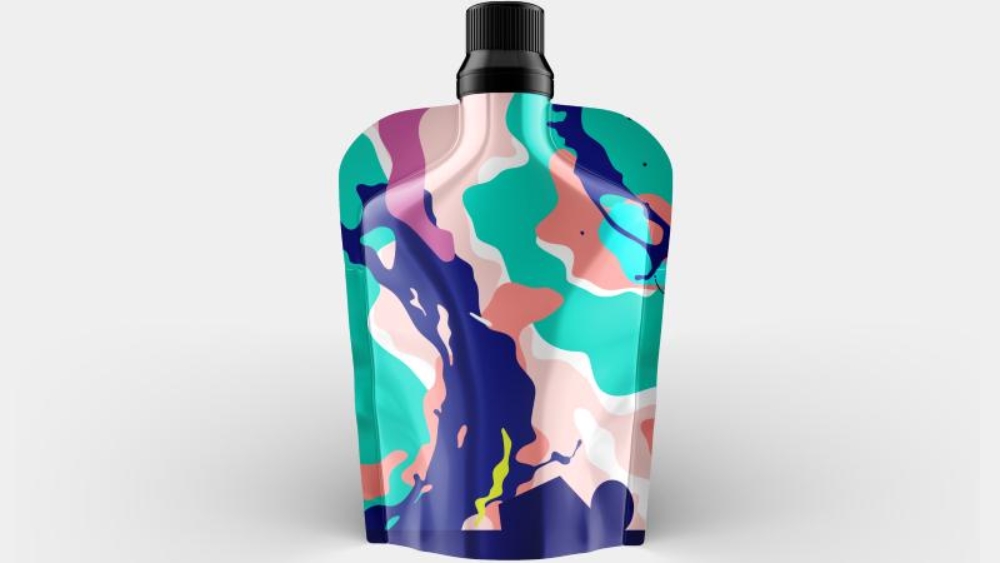When grocery shopping, do you ever find yourself overwhelmed by all the choices? The proliferation of brands and products in recent decades has resulted in a very saturated market. This has created a big challenge for manufacturers and packagers alike. Now, more than ever before, it’s vital to find reliable and proven methods to make your products stand out on the shelves. This is where flexible packaging comes in.
When thinking about investing in attractive packaging and branding to drive revenue and sales, it is also important to ensure edibles are stored and presented in a way that preserves the contents. The content must be protected from physical and environmental hazards during storage, transportation and retail. Well, the best answer to all these problems is flexible packaging. Flexible packaging companies like Metatex make high-grade barrier materials, customized labels, and variable finishes to give brands an edge in the market. If we look at the stats, global flexible packaging market is valued at USD 342 billion and growing by 5% CAGR. It is, by far, one of the most economical, reliable and environmentally sustainable choices for packaging food and beverages. While the advantages are manifold, let’s take a look at some of the key ones driving flexible packaging’s popularity.
Advantages
1. Preserving edible content and extending shelf life:
This advantage of flexible packaging for the food and beverage industry is the undeniable winner. If your customer purchases your product from the store, or online, and finds that the contents have gone stale or the taste is long gone, you’ve lost that customer for life. Flexible films such as PE films, CPP films and barrier films preserve the natural taste, aroma and texture of the food and beverage. They also protect the product from damage from oxygen and moisture and during the process of transportation and handling. Flexible packaging moreover extends the shelf life of products, saving you money and guaranteeing happy customers!
2. Customizable:
Unlike traditional rigid packaging solutions, flexible packaging allows for easy and cost-effective customization. Regardless of the shape or type of product, flexible packaging materials can easily be customized to meet the requirements. For example multilayer films, such as CPP films, let you control the level of protection against moisture and oxygen, finishes (e.g. gloss, transparent, matt), thickness of films and a lot more. Pouches and bags can be made with or zippered or other resealable-closures, tear-notches, side or center gussets and so much more.
3. Stylish finish:
In the highly competitive food industry, it is important to make your products look attractive and stylish. The great news is that flexible packaging is currently available in a variety of designs, and they can help you in branding with ease. It is possible to decorate packages with colorful labels, catchy prints, and creative designs. Indeed, flexible packaging can help your food business stand out in the market by capturing customer attention. Big brands also prefer to create a special window on the package to make the content visible from the outside. It helps to build trust among buyers.
4. Environment-friendly:
With talk of global warming, sustainability is not only a corporate responsibility but also important to consumers. Consumers today value sustainability. The biggest benefit of using flexible packaging is that they are made up of polyethylene and polyolefin materials that are recyclable. The packages are approved by the FDA and can be widely used as a food-safe material; they do not produce harmful vapors due to the heat-sealing process. This environment-friendly solution for food packaging is widely adaptable as it promotes sustainability, recyclability, and waste reduction as well.
Flexible packaging has a lower carbon footprint compared to other types of packaging, consuming less energy in the manufacturing process, emitting fewer greenhouse gases and consuming fewer natural resources. According to the Flexible Packaging Association:
1.5 pounds of flexible plastic will package the same amount of beverage or liquid foods as 50 pounds of glass.
Did you know for example that making a flexible pouch uses 75% less energy than making a metal can for the same amount of product, while producing only 1/10th of CO2 emissions.
Thus, flexible packaging is the most trusted solution for brands, big and small. Flexible packaging is durable, attractive and environmentally-friendly!



Fantastic article! I appreciate how clearly you explained the topic. Your insights are both informative and thought-provoking. I’m curious about your thoughts on the future implications of this. How do you see this evolving over time? Looking forward to more discussions and perspectives from others. Thanks for sharing!
Great article! I found your perspective on this topic both enlightening and thought-provoking. The way you break down complex ideas into understandable insights is truly commendable. It’s interesting to see how these developments could shape our future. I’m particularly intrigued by your point about potential challenges and would love to dive deeper into that.
For those who are interested in exploring this topic further, I recommend checking out this resource for more detailed information: comprehensive guide. It offers additional insights that complement what’s discussed here.
Looking forward to hearing others’ thoughts and continuing this discussion. Thanks for sharing such valuable information!
Awesome https://urlr.me/zH3wE5